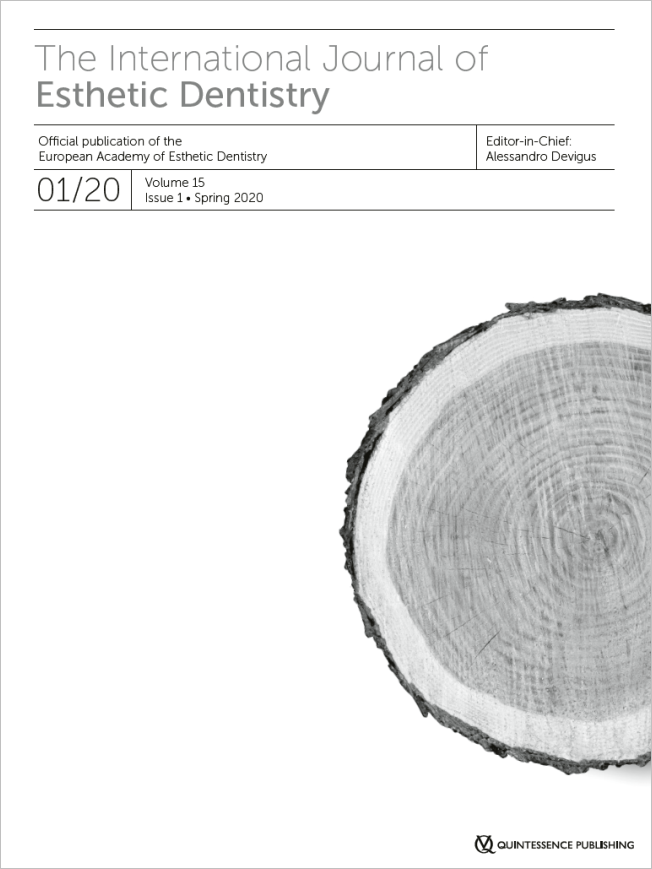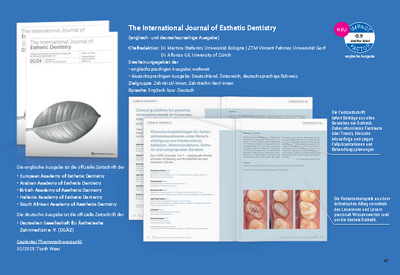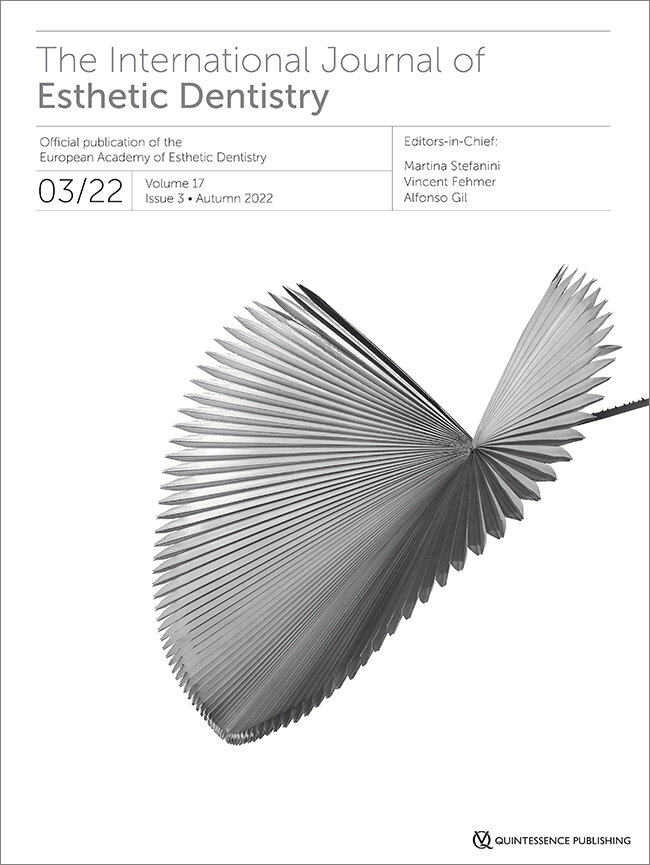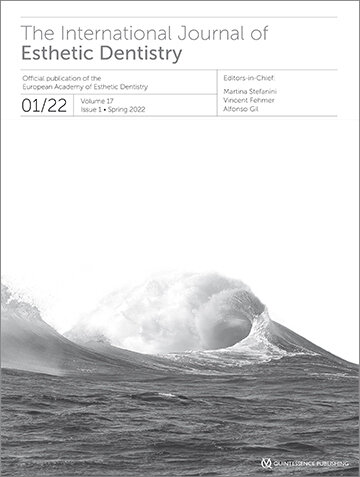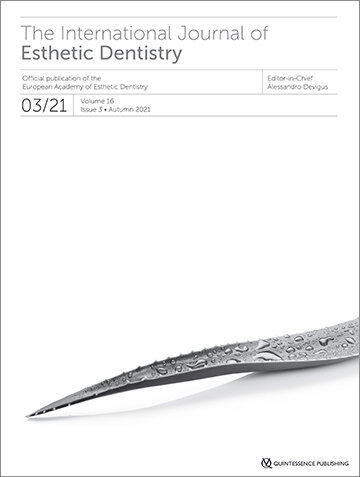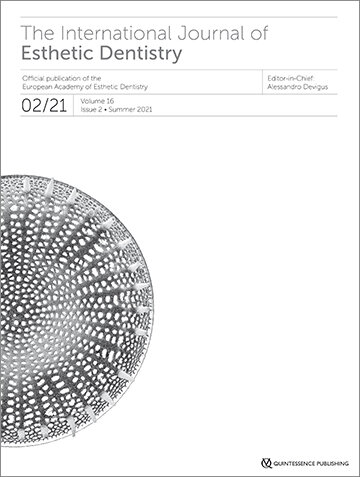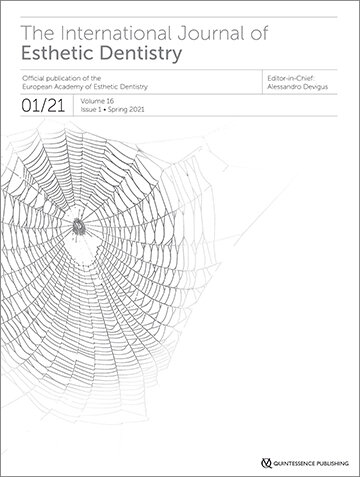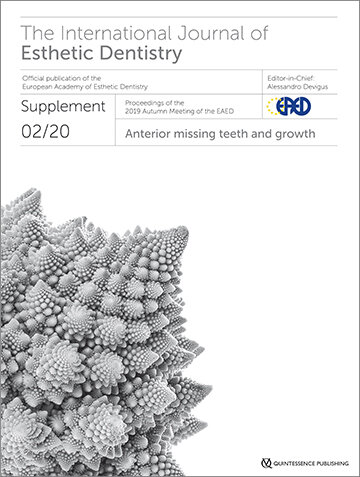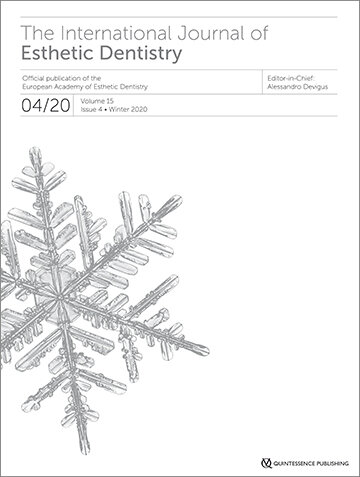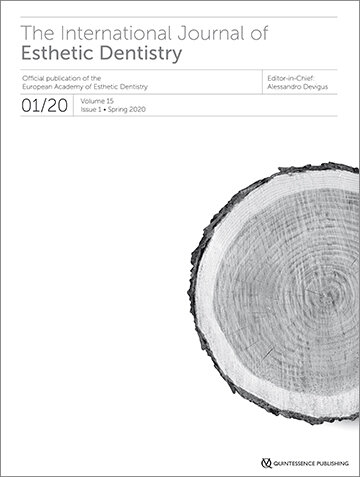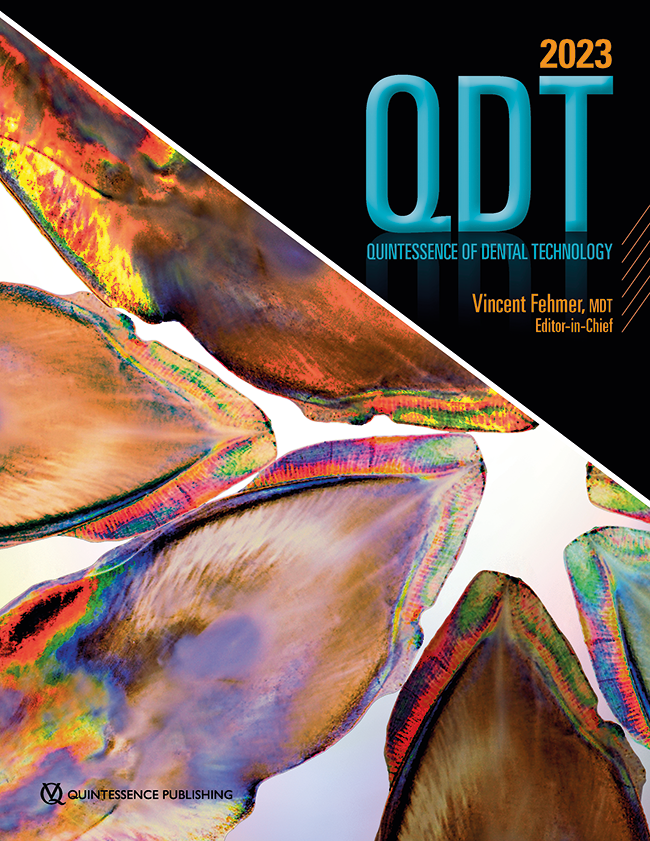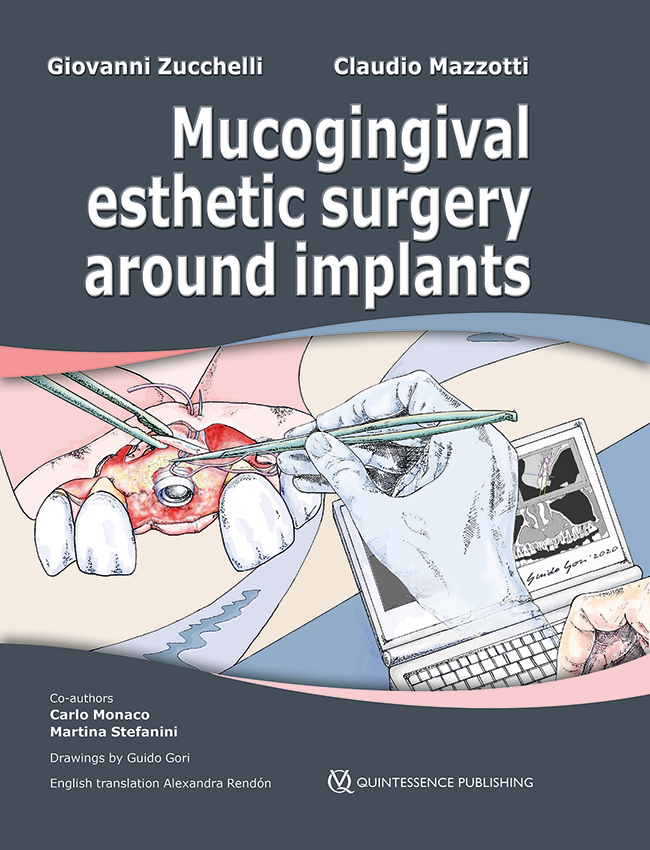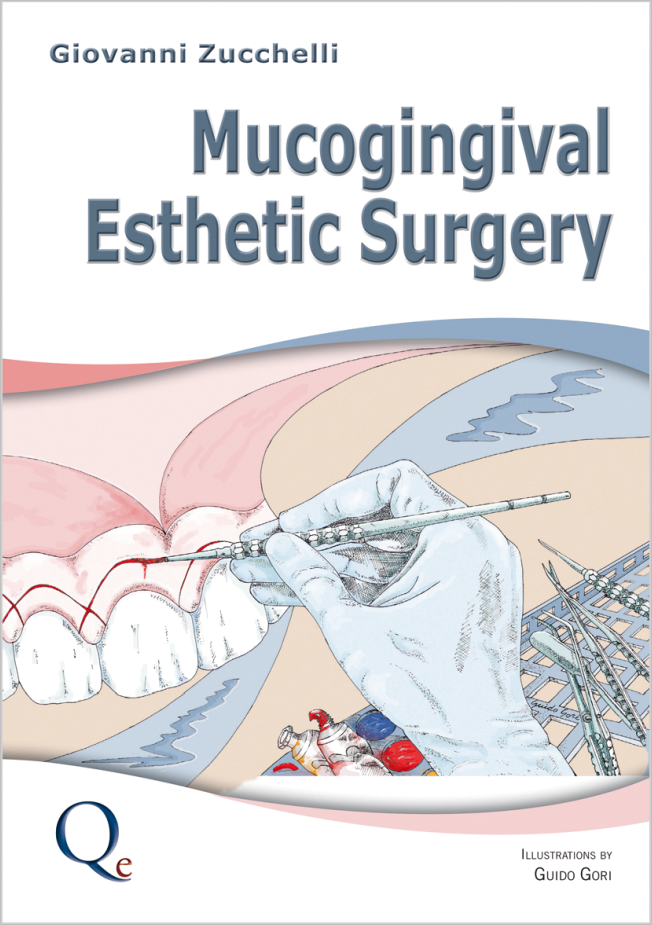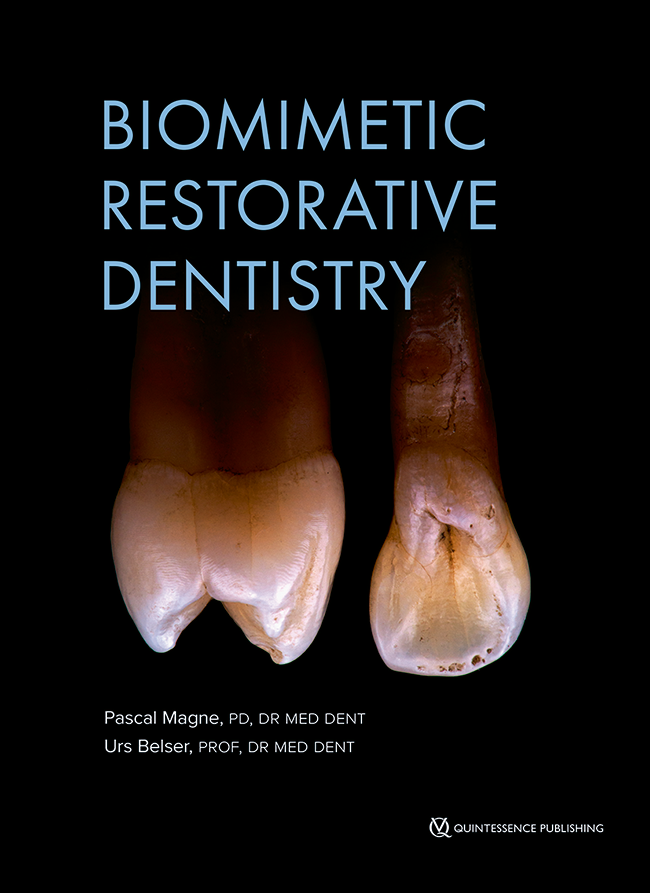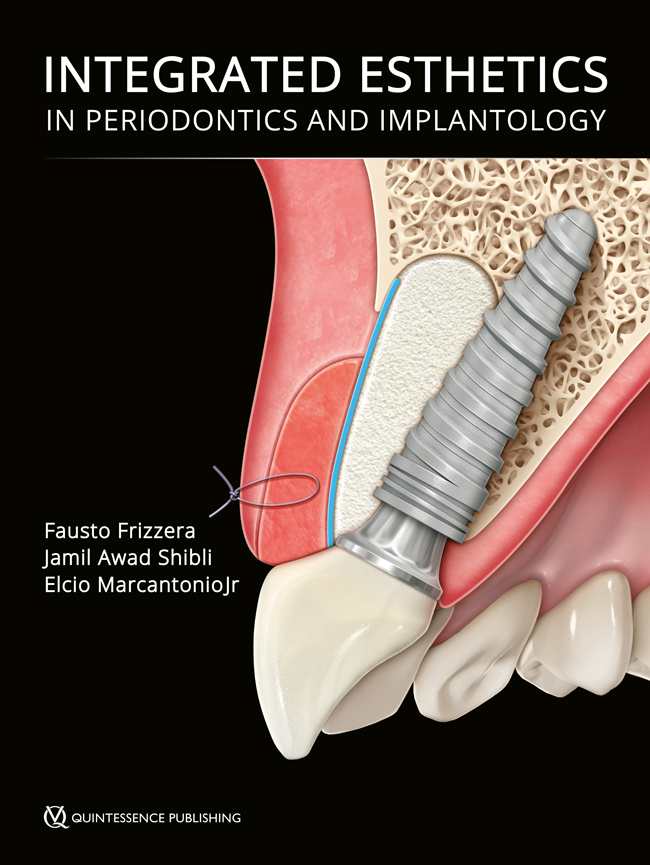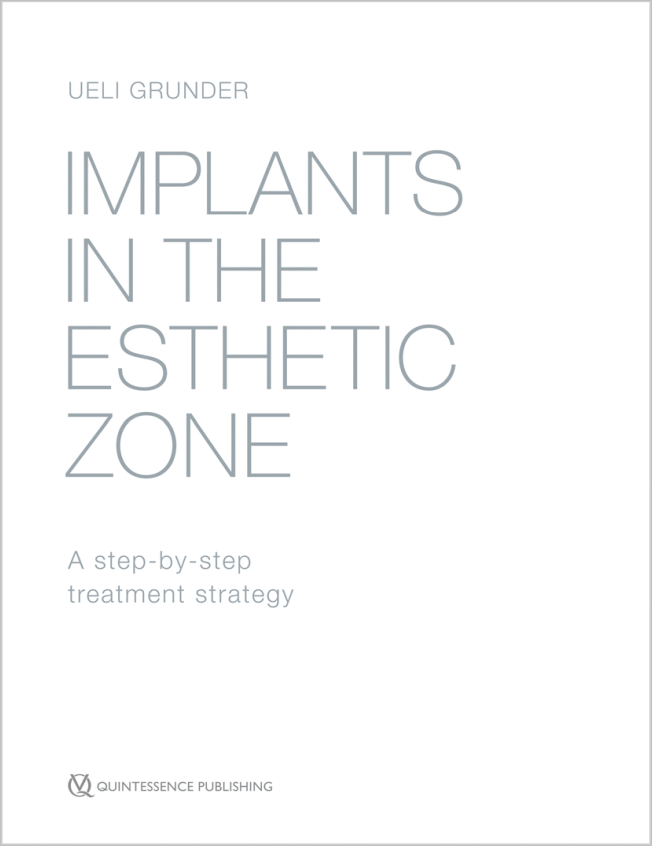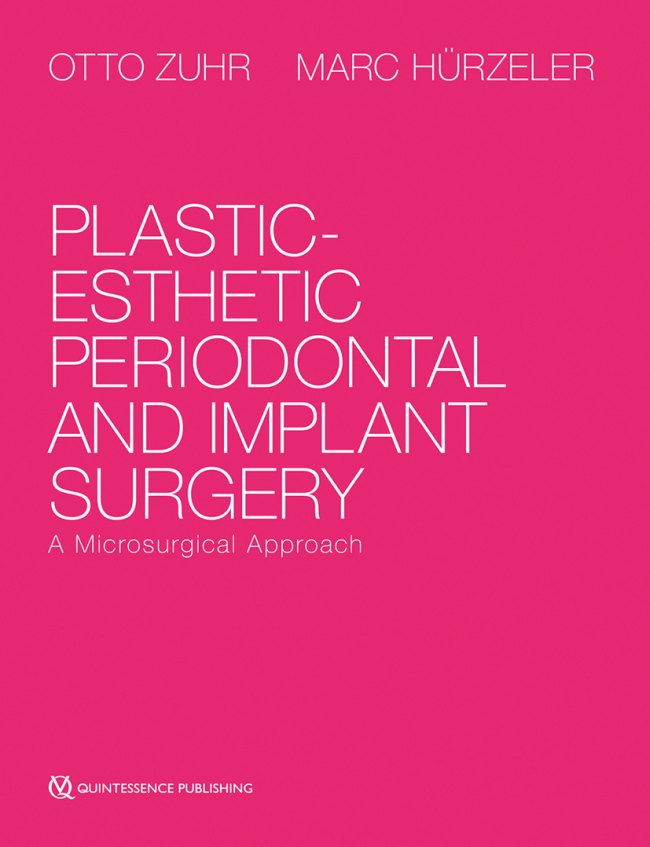International Journal of Esthetic Dentistry (EN)
(English Edition)
Erscheinungsweise: vierteljährlich
Sprache: Englisch, Deutsch
Impact Faktor: 1.2 (2024)
Kategorie: Ästhetische Zahnheilkunde
Schriftleitung / Chefredaktion: Dr. Martina Stefanini PhD, ZTM Vincent Fehmer BDT, MDT, Dr. Alfonso L. Gil DDS, PhD
Koordinierende Redaktion: Dr. Kristin Ladetzki
QP Deutschland
Offizielle Publikation von:
European Academy of Esthetic Dentistry
The British Academy of Aesthetic Dentistry
Arabian Academy of Esthetic Dentistry (ARAED)
Hellenic Academy of Esthetic Dentistry
South African Academy of Aesthetic Dentistry
Scandinavian Academy of Esthetic Dentistry
Ursprünglich veröffentlicht als European Journal of Esthetic Dentistry.
Das "International Journal of Esthetic Dentistry" bietet vierteljährlich Beiträge aus allen Bereichen der Ästhetik. Von Expertinnen und Experten begutachtete Artikel informieren Sie über Trends, klinische Misserfolge, Fallpräsentationen und Behandlungsplanungen.
- 4 x im Jahr direkt auf Ihren Schreibtisch.
- Praxisnahe Patientenbeispiele aus dem ästhetischen Alltag
- Vielzahl von anschaulichen farbigen Abbildungen in höchster Qualität
- Weltweit renommierte Autorinnen und Autoren wie: F. Ferraris, M. Fradeani, D. Dietschi, O. Pontius, R. Romano, H. Wachtel, G. Ricci, G. Gürel, S. Gracis, G. Zucchelli, O. Zuhr und viele mehr
- Mit kostenlosem Zugang zur Onlineversion recherchieren Abonnierende komfortabel – auch rückwirkend ab 2006 im Archiv.
- Kostenloser Zugang zur App-Version für Abonnierende.
Was wäre eine Zeitschrift ohne ihre Leserinnen und Leser? Wir freuen uns auf einen regen Austausch mit Ihnen in der privaten Facebook-Gruppe dieses Journals:
https://www.facebook.com/groups/ijedentistry
Dort finden Sie zusätzliche Inhalte und Sie können an Diskussionen zu aktuellen Themen der ästhetischen Zahnmedizin teilnehmen.
Auf Instagram folgen Sie uns hier:
https://www.instagram.com/ijedentistry

Dr. Martina Stefanini PhD
Italien, Bologna2005 schloss sie ihr Studium der Zahnmedizin an der Universität Bologna, Italien, ab. Sie promovierte 2016 an der Universität Bologna, Italien, in Medizinwissenschaften. Seit 2018 Forscherin an der Fakultät für biomedizinische und neuromotorische Wissenschaften der Universität Bologna. Mitglied des Redaktionsbeirats der Italienischen Gesellschaft für Parodontologie in 2018-2019. Mitglied des wissenschaftlichen Komitees der Italienischen Gesellschaft für Parodontologie in 2016/2017. Gastprofessur an der San Raffaele Universität Mailand 2015-2016. Dozentin im Postgraduierten-Studiengang der Universität San Raffaele Mailand 2017. Dozentin im zweiten Level des International Master an der Universität Bologna 2017/2018. Mitglied der NOGI (National Osteology Group Italy). Seit 2018 ITI Fellow, Study Club Director und Mitglied des ITI Leadership Development Committee. Seit 2012 aktives Mitglied der Italienischen Gesellschaft für Parodontologie (SIDP), von 2005 bis 2013 Forschungsstipendium bei Prof. Giovanni Zucchelli. Seit 2005 bis heute Zahnärztin in privater Praxis als Expertin für Parodontologie. Autorin mehrerer Publikationen in Pubmed. Co-Autorin eines Kapitels im Buch "Implant Therapy", herausgegeben von M. Nevins und H. L. Wang. Referentin auf nationalen und internationalen Kongressen zur Parodontologie.
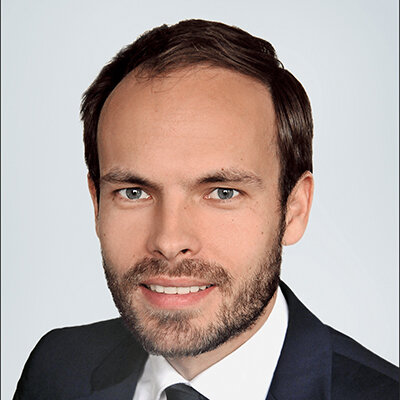
ZTM Vincent Fehmer BDT, MDT
Schweiz, GenevaZTM Vincent Fehmer absolvierte seine zahntechnische Ausbildung in Stuttgart, Deutschland, bevor er Stipendien für in Oral Design-zertifizierte zahntechnische Labore in Großbritannien und den Vereinigten Staaten erhielt. Nachdem er als leitender Zahntechniker an der Klinik für festsitzende und herausnehmbare Prothetik in Zürich, Schweiz tätig war, ist er seit 2015 Zahntechniker an der Klinik für festsitzende Prothetik und Biomaterialien in Genf, Schweiz. Außerdem betreibt er sein eigenes Labor in Lausanne. ZTM Fehmer ist Fellow des International Team for Implantology (ITI), aktives Mitglied der European Academy of Esthetic Dentistry (EAED), Mitglied der Oral Design Group, der European Association of Dental Technology (EADT) und der Deutschen Gesellschaft für Ästhetische Zahnmedizin (DGÄZ). Er ist ein gefragter nationaler und internationaler Redner und hat viele Auszeichnungen für seine Arbeit erhalten, darunter den Kenneth Rudd Award der American Prosthodontic Society. Er hat mehr als 50 Artikel in Fachzeitschriften mit Peer-Review auf dem Gebiet der festsitzenden Prothetik und der digitalen Zahntechnik veröffentlicht, an vielen Büchern mitgewirkt und ist Mitautor des Buches Fixed Restorations: A Clinical Guide to the Selection of Materials and Fabrication Technology mit Irena Sailer und Bjarni Pjetursson. Er ist Chefredakteur des The International Journal of Esthetic Dentistry und des QDT Yearbook, das er seit 2023 herausgibt.
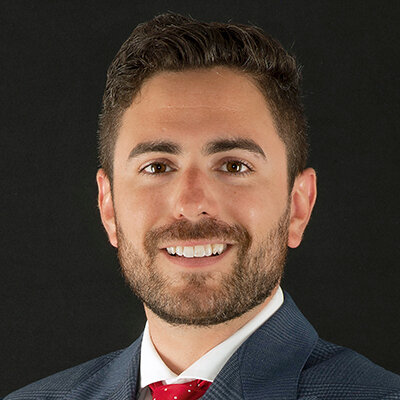
Dr. Alfonso L. Gil DDS, PhD
Schweiz, ZürichAlfonso Gil absolviert ein fünfjähriges Postgraduiertenstudium in festsitzender und herausnehmbarer Prothetik und Werkstoffkunde an der Universität Zürich. Seinen Doktor der Zahnmedizin erwarb er an der Universität des Baskenlandes (2013). Nach seinem Master of Science und dem Advanced Periodontology Implantology Certificate an der University of Southern California (USC) (2013-2016) erwarb er ein Zertifikat in Advanced Surgical Implant Dentistry an der University of California Los Angeles (UCLA) (2016-2017). Er ist Mitglied des American Board of Periodontology. Im November 2019 promovierte er mit höchster Auszeichnung an der University International of Catalunya. Seine Forschungsschwerpunkte sind die Behandlung von periimplantären Erkrankungen, die Weichgewebsaugmentation von Zähnen und Implantaten sowie die festsitzende Prothetik.
Dr. Kristin Ladetzki
Deutschland, BerlinTel.: +49 (0) 30 / 761 80-804
Fax: +49 (0) 30 / 761 80-693
E-Mail: ladetzki@quintessenz.de




